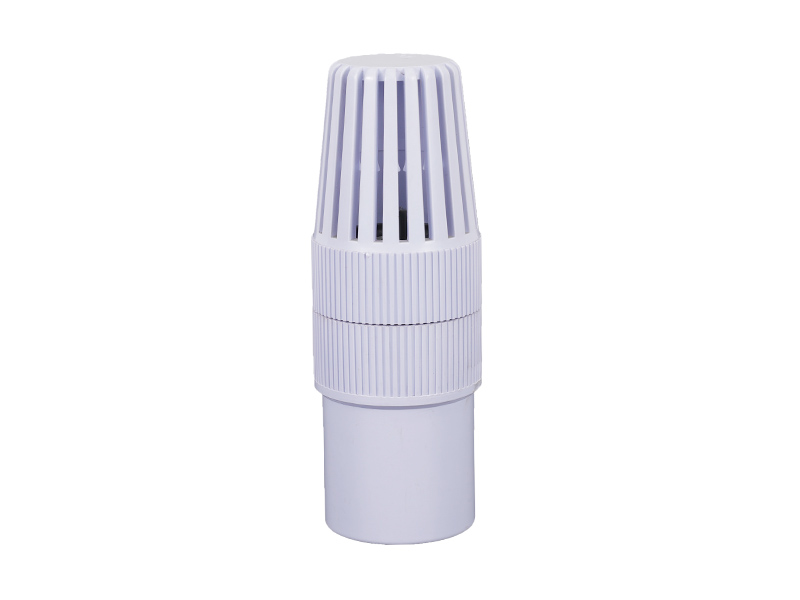How does the male ball valve design enable smooth and effortless on/off operation?
The male ball valve design is a key characteristic...
MORE >>















Instrument Butterfly Valve design engineers always use […]
Instrument Butterfly Valve design engineers always use various electromagnetic components on their instruments. The selection of these precision components has a great impact on the realization of medical, environmental protection and analytical instrument functions. Most engineers need to weigh various application factors to consider the most suitable electromagnetic components. The pursuit of miniaturization of the instrument requires the design industry to adopt smaller and more durable components. Improper selection may cause the instrument to malfunction or fail to work at all. Engineers need to consider not only the reliability and durability of the components, but also their lightness, effective flow and low power consumption.

This report is an experienced application engineer team from the design and manufacturing roots to explain the parameters of selecting the miniature solenoid valve , And pointed out that those are the key parameters in the application. It also shows that professional valve application experience will reduce or avoid doubts caused by selection. When instrument design engineers choose miniature solenoid valves, they often hope that components can operate repeatedly and reliably, especially to ensure long-term stable performance, that is, repetitive performance. They hope that there will be no operating fluctuations and exceptions for a long time. This often becomes Screen a parameter of precision components.
For example, the choice of the isolation valve used on the blood cell sampling channel and the counting channel usually affects the repeatability of the whole machine. The quaternary gradient isolation valve in high performance liquid chromatography needs to have a more uniform response time to easily meet the test requirements. There is an intuitive result difference in detection sensitivity and repeatability.Even an early choice of original accessories may lead to serious unpredictable consequences. The later this design flaw is discovered, the higher the cost of modification. Because when the components need to be replaced, a series of tests need to be performed again.
Therefore, in this case, engineers generally use components with high reliability, and pay special attention to the valve production process, quality inspection and test control.Especially the design of the valve will directly affect the reliability of the device itself. For example, in the analysis and testing instrument, the solenoid valve directly contacts the sample reagent, but most of the miniature isolation valves have internal rubber material, which may cause problems when contacting the sample reagent. Swelling. If no design pre-compensation is considered, the rubber material will change the parameters and performance of the valve after a long time of use, and even affect the components to not work properly, resulting in the problem of the entire instrument not working. Experienced component designers will consider the scope of application of the valve, especially the impact of practical applications such as the compatibility of chemical substances on the valve.

The male ball valve design is a key characteristic...
MORE >>
In today's modern world, efficient and reliable wa...
MORE >>
Copyright ©All rights reserved:Zhejiang Xier Plastic Valve Lead Co.,LTD. PVC Ball Valves Manufacturers Technical support: HWAQ  浙公网安备 33060402001174号
浙公网安备 33060402001174号

 English
English España
España عربي
عربي